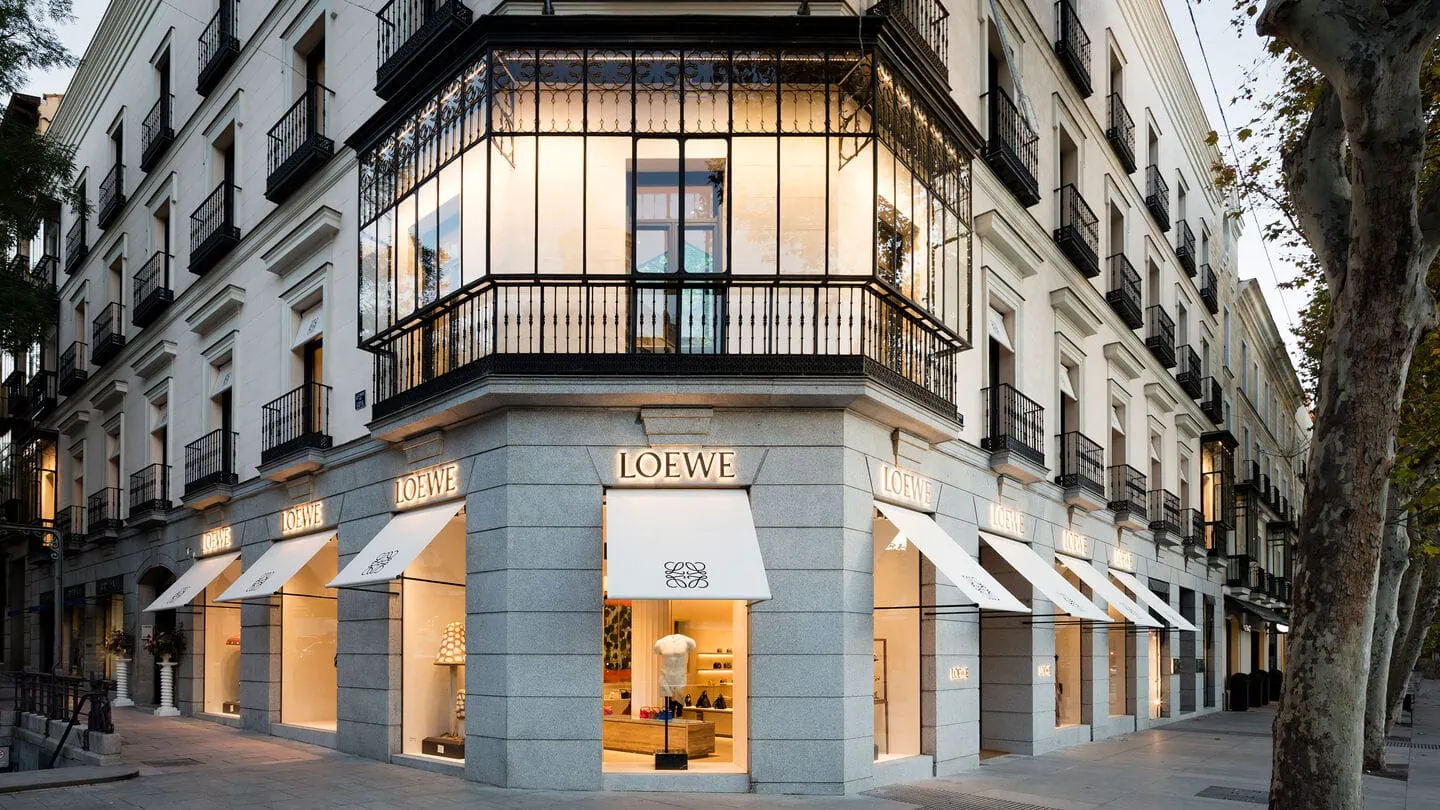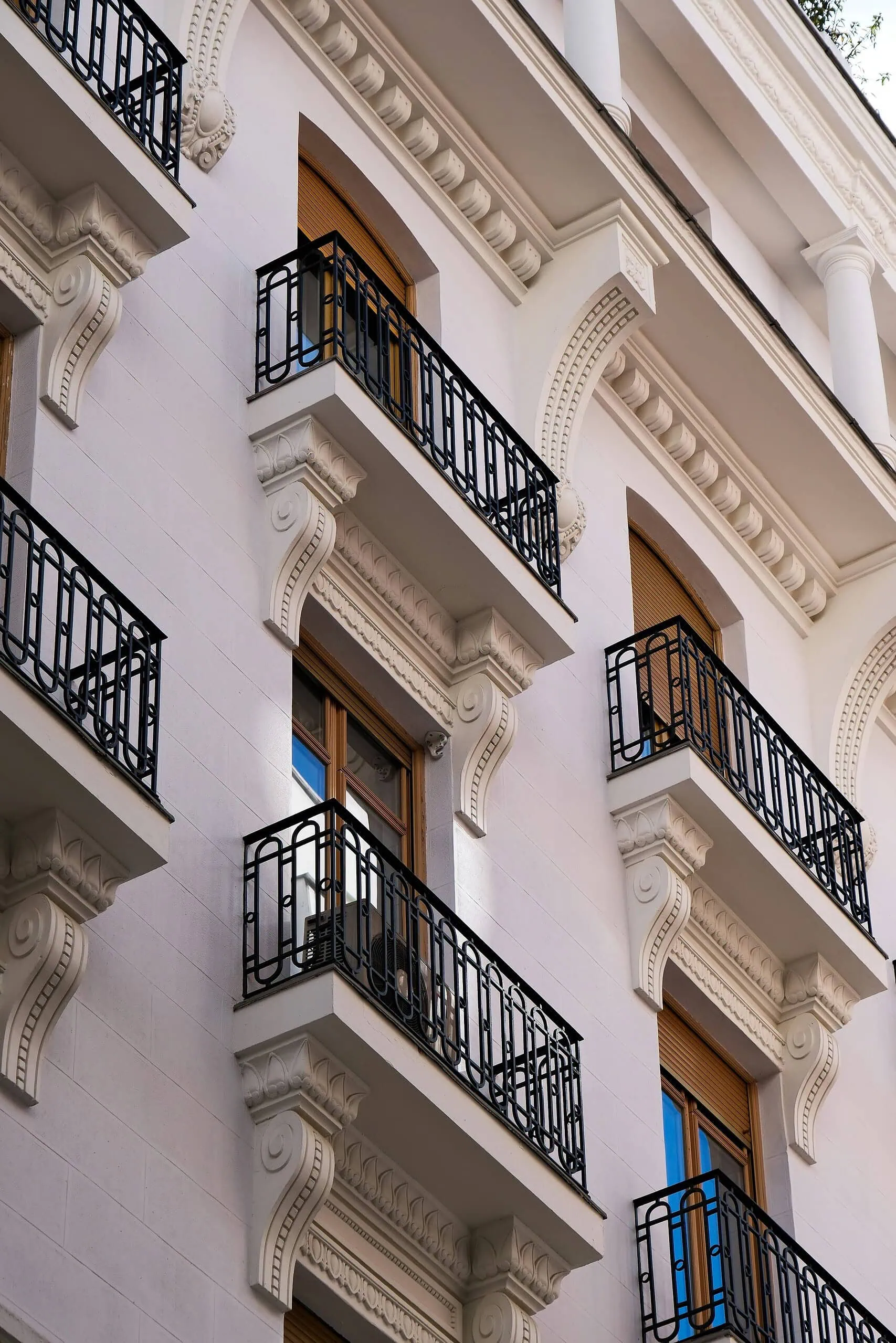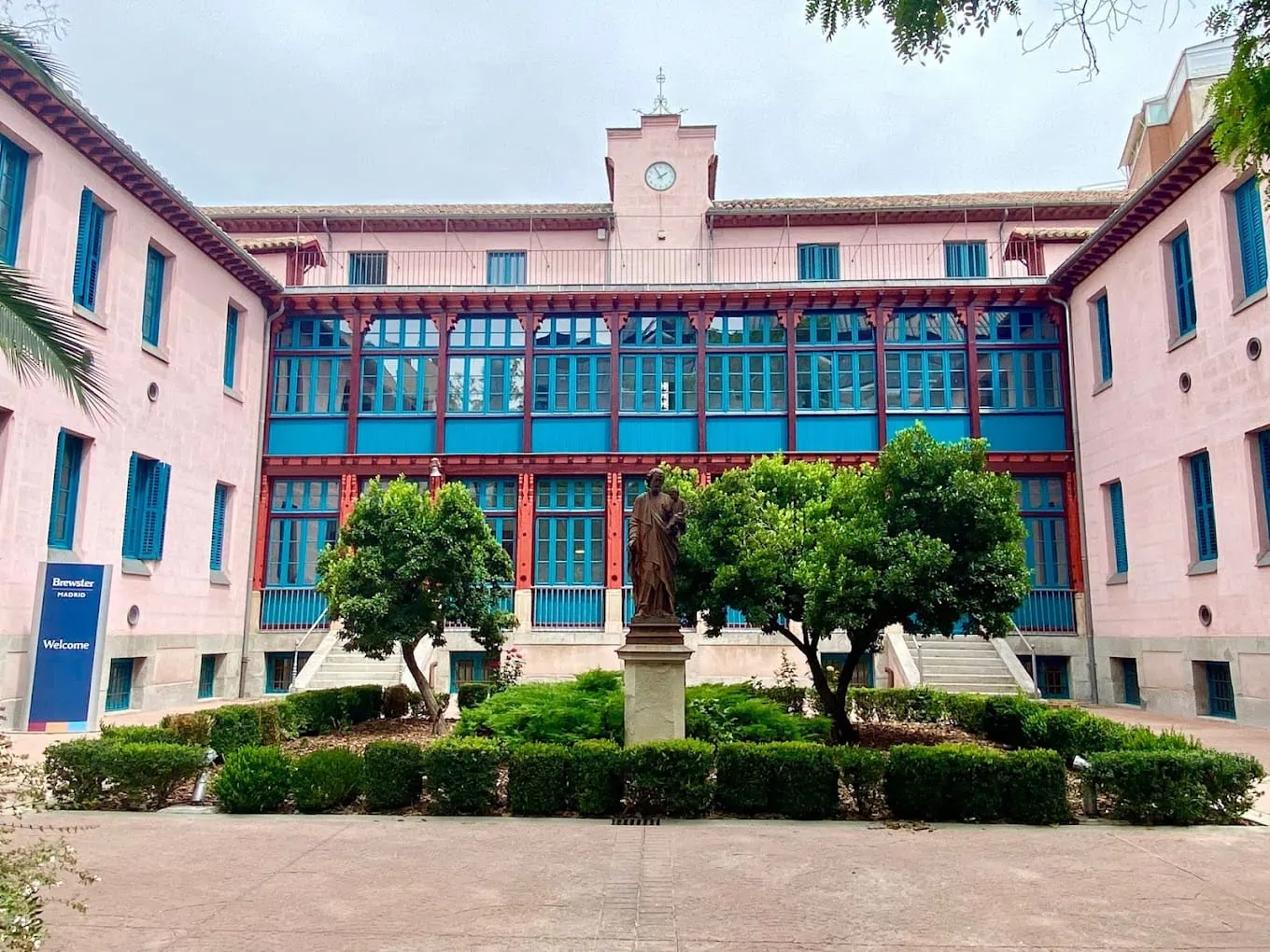Buying an investment property is a big step and can be very intimidating, especially if it is located in a foreign country. You need to make sure you are well informed and have good advice. To help you, in this post we will provide answers to the most frequently asked questions we get from clients that want to invest in Madrid:
- Is now a good time to buy an apartment in Madrid?
- Will my investment be profitable?
- What are the best neighborhoods to buy an apartment in the Spanish capital?
Keep reading to learn the basics about where to live and invest in Madrid.
Is now a good time to invest in Madrid property?
Yes. The capital of Spain is increasingly considered an excellent place to make a successful investment. Real estate prices in the city have increased dramatically in the past two years, but there is still a lack of apartment supply in Madrid. This, combined with the fact that demand is incredibly strong leads us to believe that there is still room for Madrid property prices to appreciate. Only Milan, Athens and somewhat surprisingly, Brussels are cheaper. Lisbon real estate, which historically was cheaper than that in Madrid, is now more expensive than real estate in Madrid.
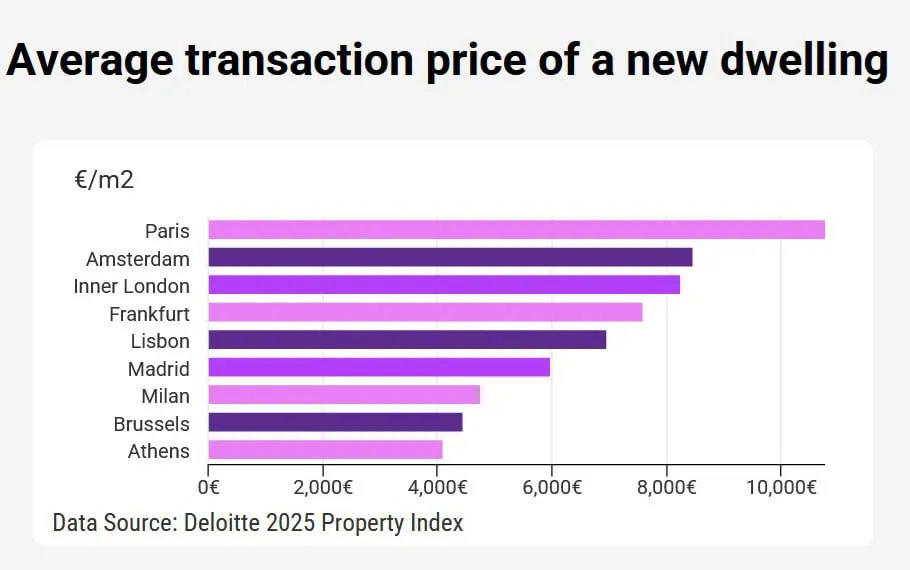
The thing one needs to focus on when purchasing an investment property is not just the price, but how much it can be let for. Madrid’s relatively low prices, combined with its increasingly high rents, translate into very strong rental yields. Using data from Deloitte’s 2025 European Property Index, we calculated gross rental yields across all major European cities. Madrid’s increasingly high real estate prices, and Milan’s increasingly high rents, have allowed Milan to inch out Madrid in rental yields. Madrid still has a very high return compared to other major European cities.
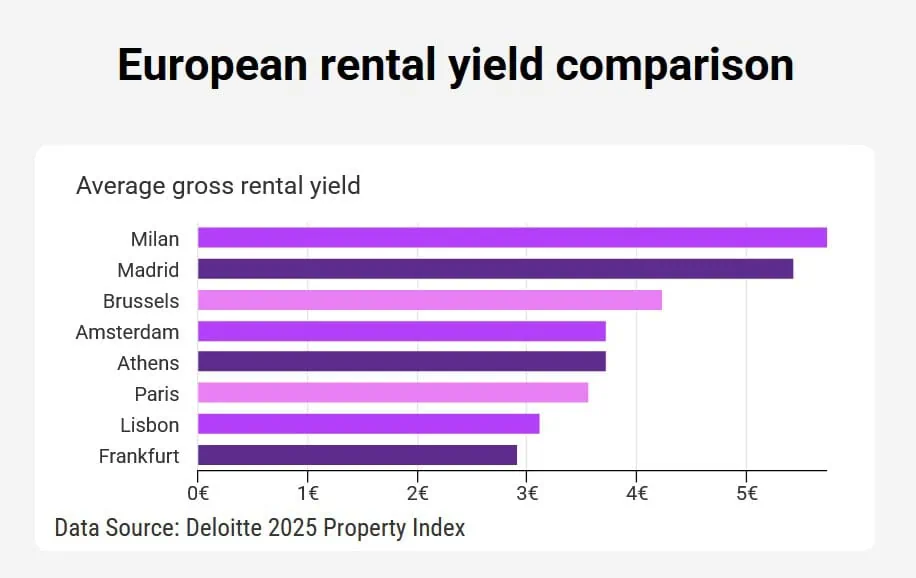
So… Is it profitable to invest in an apartment?
Given the city’s very high rental yields, definitely! Compared to other investment vehicles, investing in an apartment in Madrid will be more beneficial for your future income stream as you can not only earn money on the price appreciation of your property, you can earn a consistent income from renting it out medium term to students or academics. Many big investors are diversifying their holdings into real estate. According to Knight Frank’s recent wealth report,
“44% of family offices are looking to increase investment in direct real estate over the next 18 months.”
Madrid Estate works with a number of family offices to purchase Madrid real estate, both for investment purposes and for second homes. You can contact our founder directly at fabiana@madrid-estate.com or WhatsApp +34 680 306 337 to learn how we can help your office find the optimal property in Madrid.
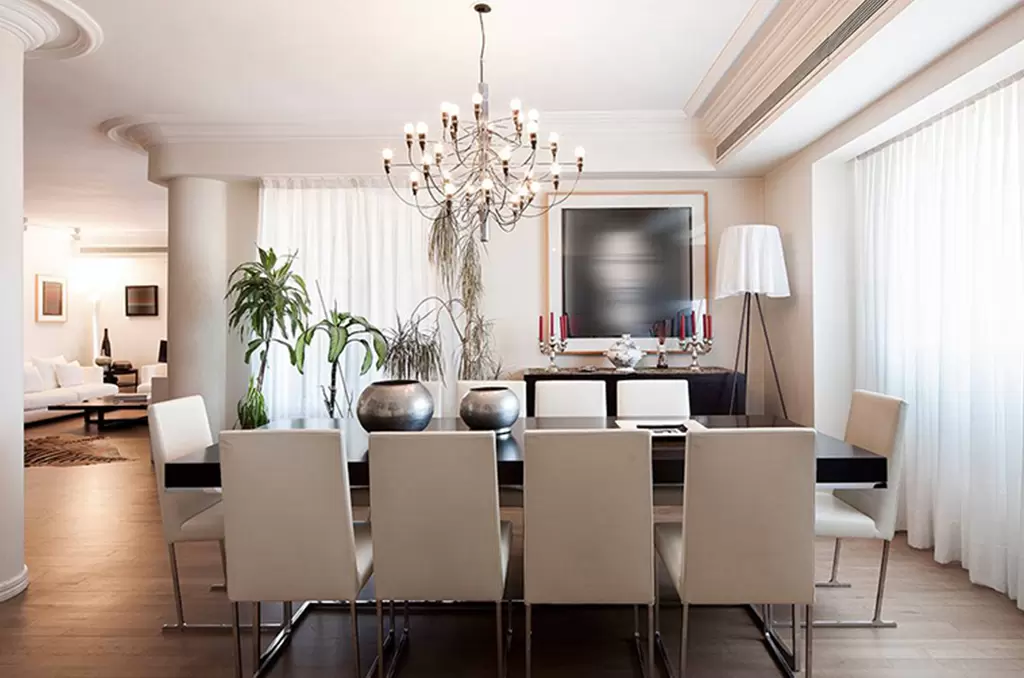
What are the best neighborhoods for buying an apartment in Madrid?
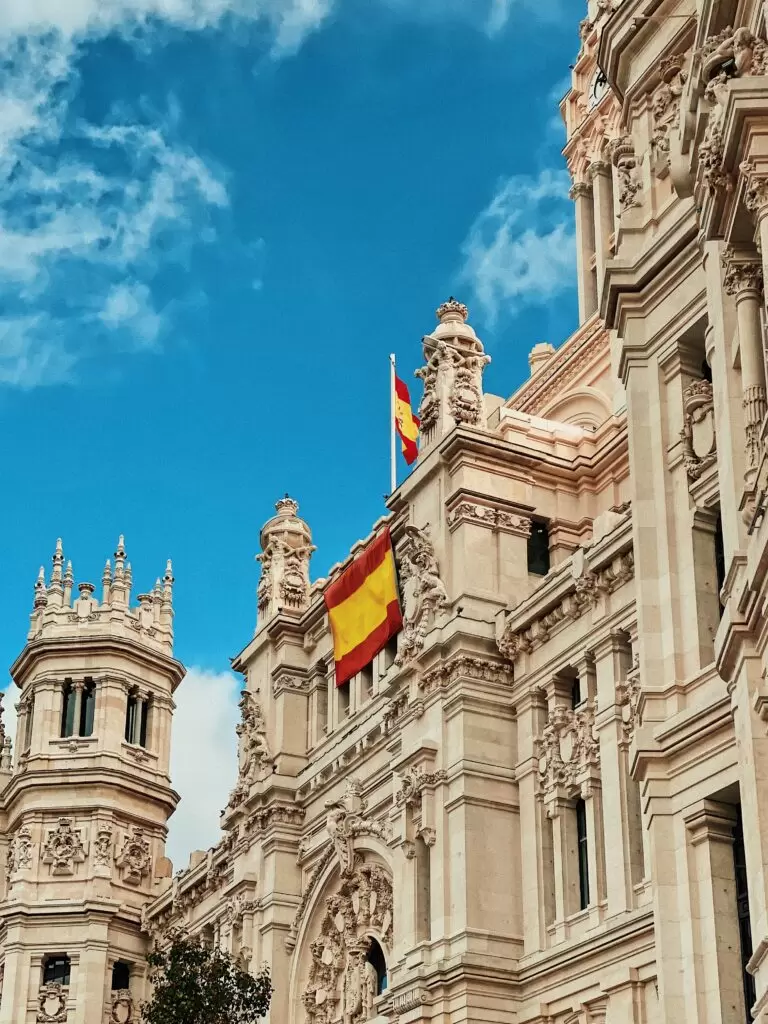
Before discussing the costs and benefits of different neighborhoods, we have three pieces of advise:
- Determine whether you want to live in the apartment, or whether you want to rent the apartment in the long or medium term (short term rentals are, for all practical purposes, no longer allowed by the City of Madrid’s government).
- If you want to rent the property, determine your optimal client profile.
- If you want to live in the property, and are planning on relocating with children, do some research on where you want your kids to go to school.
Once you have the answer to the first point, we can look at the neighborhoods that will best suit your investment or lifestyle needs.
Option 2- you want to rent the property
In short, given the recent price appreciation of Madrid real estate, especially in premium neighborhoods, we consider the best neighborhoods to invest in Madrid to be: Chueca, Malasaña and Tetuán. These neighborhoods, all in the Center, perform very well on the medium and long term rental markets.
Why these neighborhoods?
The answer is easy when you know the optimal clients for renting real estate in these markets.
Students are excellent clients for medium term, seasonal rentals. Madrid has a large number of international universities and with IE’s recent expansion, we expect students to continue to come to Madrid. They are good clients because their parents typically cover their housing costs. Since student housing in Madrid is cheaper than in places like the US or the UK, their parents are willing to pay “top dollar” for their child’s apartment. Students typically rent seasonally (August-May), which frees up your apartment for a medium term rental (or two) in the popular tourist months of June and July.
The optimal strategy
Our recommended strategy is to invest in one bedroom apartments in Chueca or Malasaña. For example, last year we had a client who wanted a golden visa. They invested in two one bedroom/one bath apartments in the Center. Each apartment cost 250k€, bringing their total investment amount to 500k€. They financed 350k€ of the two purchases with mortgages. Total closing costs amounted to 58,175€ and they invested 60k€ in capital improvements (renovation + furniture + decorations). Thus their total initial investment was 268,175€.
They were able to rent the apartments for a total of 41,800€. Total annual costs amounted to 12,348€. Their mortgage amortization amounted to 17,941€, meaning their annual profit (after mortgage amortization) was 11,511€. Thus their pre-tax net rental return on the combined apartments was 4.29%.
Alternatively, you can invest in a larger apartment in Tetuán (3-4 bedrooms), renovate it and rent it to college students. Example: one owner purchased a three bedroom apartment, fully renovated it and rents it to six college students per semester (two students sharing a room). This is similar to a US dorm room experience but students prefer it because they have more freedom, the apartment is nicer than the dorm and they can live in a more desirable neighborhood. American parents are willing to pay the same that they pay for their kid’s accommodation at US universities. In this example, each student pays 1200€ per month, summing to earnings of 7200€ per month. She paid a little under 1,00,000€ for the apartment + renovation costs, leading to a gross rental yield of 8.6%.
Option 3- you want to live in the property
If you want to live in the property, our advise is to focus on capital appreciation, rather than expected rental yields. In this situation, you probably want to look at more premium neighborhoods; you will be more comfortable and there are better opportunities for price appreciation.
If you want to live in the Center
If you like the dynamic life a big city has to offer, we recommend the neighborhoods of Chamberí, Salamanca, Chueca and Chamartín. Chamartín is very convenient if you need to show up in an office everyday as it is in the north, where the city’s central business district is located. Many people that live in Chamartín walk to work. If you have kids, Trafalgar (a sub neighborhood of Chamberí) is an excellent option because arguably the best international school in the city has a campus there. If you are LGBTQ+, you will undoubtedly love Chueca. If you like shopping and Old School poshness, Salamanca is for you. Finally, if you want to live by the beautiful Retiro park and don’t want to pay the premium prices seen in Salamanca, Retiro is an excellent option.
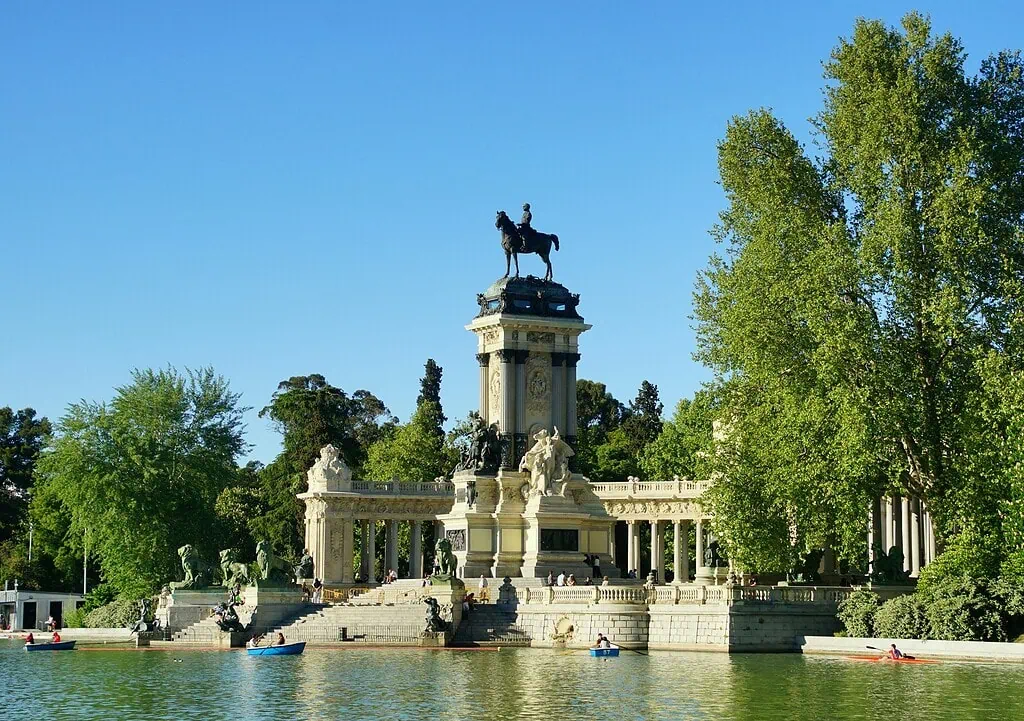
If you want to live in the suburbs
Many people enjoy living in the suburbs. They are much quieter than the city center, greener, kid friendly and you can get more square footage for your money. The suburbs of Madrid have many detached and semi-detached houses, and private gated communities with excellent security. If you have kids, La Moraleja and Pozuelo de Alarcón are excellent options. The best international schools in Madrid are located in these leafy suburbs. Do you want to live a little further out in a beautiful large house? Then you will really enjoy Boadilla del Monte.
